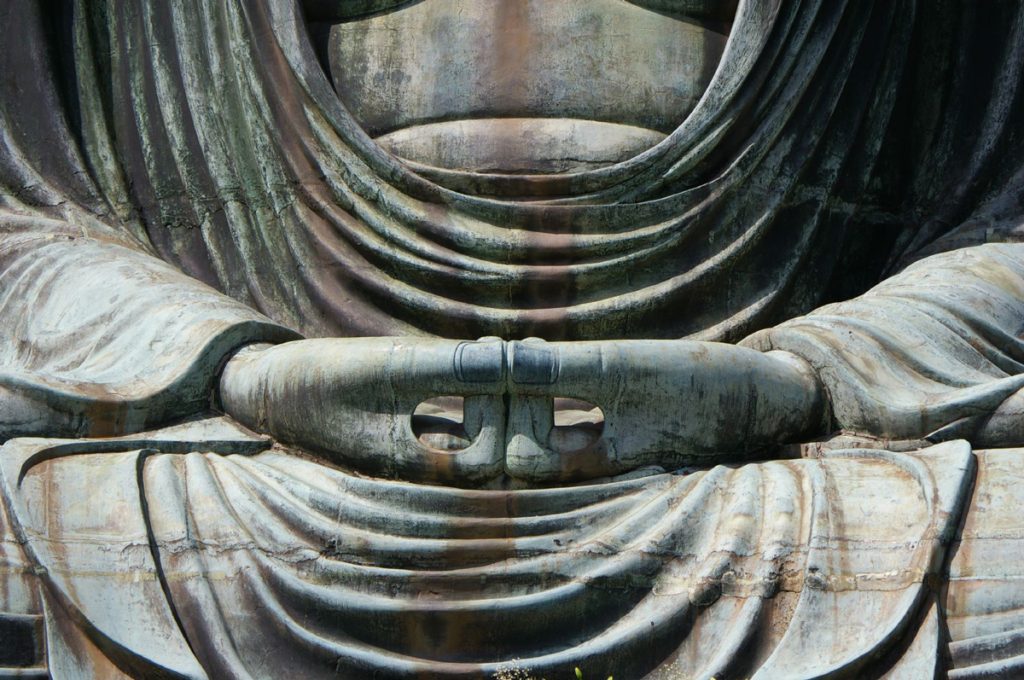Practice is an act of vision, of faith, and of desire. It means performing something over and over again, in the face of obstacles and disappointments, to accomplish the goal. Practice is disciplined, persistent, and focused. Like a warrior in battle, one who practices exhibits a constant moving forward once a course of action has been decided upon. The practitioner does not let doubt or fear get in the way of the successful completion of an objective.
I’ve always wanted to practice like this. But I’ve never gotten close. I don’t have that kind of drive. Or steadfastness. Or that straightforward sense of direction and sequence. My objectives are usually unclear. My routines suck. I try to follow a pattern and inevitably do something else altogether. I was talking with a friend the other day about a trip she took to Italy. She attended an event in which doves were released into the crowd. In the minds of the designers, the doves were supposed to fly elegantly toward an end point, but the birds all scattered instead, alighting in all the wrong places. The crowd began to mutter and stir, looking around. “Fiasco,” they muttered to each other. “Fiasco.”
My practice is like that—kind of a fiasco. Like the designers, I have a clear idea of how I would like it to be, but the birds are all somewhere else. Still, there is the freedom of the sky, beyond these ideas of mine, this suffering and disappointment.
In the beginning, meditation was an attempt to alleviate my suffering. In a regular dose, repeated again and again and again, it was an antidote to confusion and a troubled heart. I think it worked, but not like I expected. It didn’t take away the pain but taught me to sit quietly with it. It eliminated the unnecessary fretting and showed me the beauty of how things come and go—empty, as the masters would say. It showed me that there is more to life than my thoughts about it, that my feelings weren’t the full truth, and that existence is vast and interconnected, including far more than I imagined. Most important, meditation cut through my dualistic orientation as well as, like the doves flying to just the right place, my desire to move from here to there, to get something I thought I knew about but actually didn’t have a clue.
The straightforward approach to practice is worthy. As the Nike ad says, “Just do it.” Become still, quiet the mind, sit like the mountain and sky—stable and undivided in the face of everything that comes up. Open to the unpleasant part, the down-in-the-dumps part, the making-mistakes part, the prolonged-aching-in-the-heart part. The not knowing and the bouts of joy. Become one in the same as yourself, or “one with” your life. Be diligent about it. Receive guidance from your teacher. Remember to be grateful.
Not being a very determined, forthright practitioner on my own, I hooked my meditation wagon to my husband’s star. He is the one who got up and went to the Zen center every morning for years. I tagged along like a pup who is going where his master is going. My husband is the one who enjoyed the demands of long sesshins [meditation practice periods], persisted with koan study [questions asked of Zen students that do not have rational answers], pushed through personal limits, and went the long haul. He is the one who knew how to get up in the morning, face the cold, and meet people in the zendo [meditation hall], regardless of mood.
I didn’t have his fortitude. But I got up anyway because what I did have was an affection for him, for the questions in my heart, and for sitting still once I got to the zendo. I had been meditating for years, but not at the Zen center. Because of this love, I circled back to the cushion, back to my questions, back to my heart. For a bird, there is no way not to be in the sky. But until you see this, you imagine you could have flown differently and better. The repetition was there, but it was never in a straight line. You just come back and come back again, the way a falcon flies back to the leather-bound wrist or a pigeon turns on its wing, flapping toward home.
♦
From The Zen of You and Me by Diane Musho Hamilton, © 2017 by Diane Musho Hamilton. Reprinted by arrangement with Shambhala Publications, Inc. Boulder, CO. www.shambhala.com
Thank you for subscribing to Tricycle! As a nonprofit, we depend on readers like you to keep Buddhist teachings and practices widely available.
